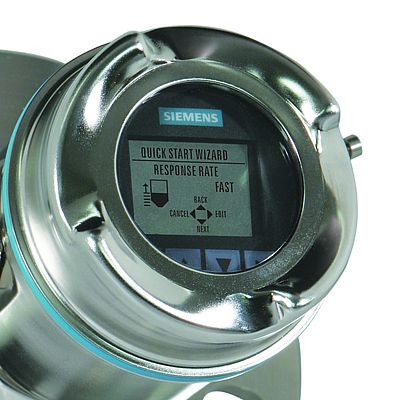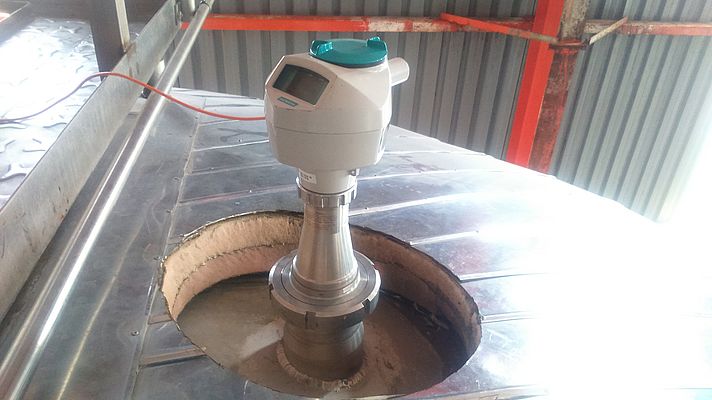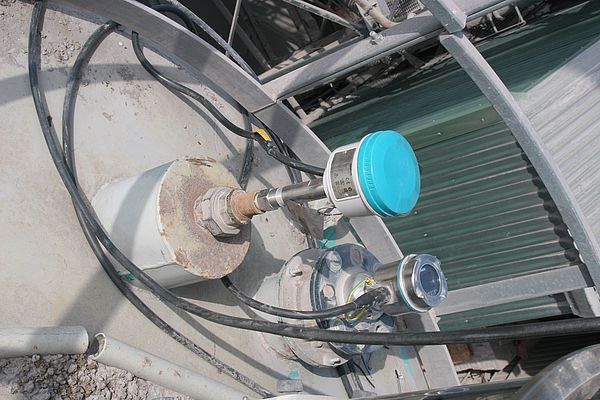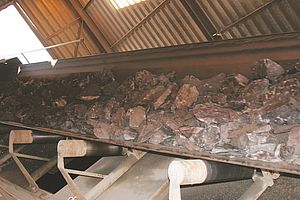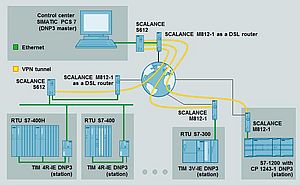Innovation is a slippery beast. Often disguised in shiny packaging, hidden behind seemingly infinite lists of features, and sold to the public with flashy claims.
“Smallest ever”… “Technology of the future”… “A new era.” Sounds lovely, right?
But consider Albert Einstein’s words that “The only source of knowledge is experience”. Einstein knew—as do you, of course—that all the flashy bells and whistles in the world can’t make up for knowledge gained through experience. Through the bumps and bruises, dirt and grime, and real-life conditions that a piece of technology needs in order to be truly innovative.
And in the world of industrial automation, nowhere is this more applicable than in the battle for the world’s best level measurement technologies.
Ask the experts: comparing level devices in the field
If you want to cut through all of the marketing clutter, you go to the experts. What makes their jobs easier, not harder? What’s the real deal and what’s just hype?
And so we did. We went to industrial facilities around the world where users were having trouble with their existing level measurement devices. Let’s take a look at a typical experience:
Meet Richard Lemire, Electrical Technical Coordinator at the Laronde division of Agnico Eagle Mines Limited, one of Canada’s largest mining companies. Richard gets called in when things are not working—he is the problem solver when instrumentation is not delivering the results the mill needs.
The mill operators were frustrated with the performance of Agnico Eagle’s standard level transmitters—a well know brand that shall not be named—in several process tanks with circulation conditions.
“Every time the recirculation is started, the surface becomes quite turbulent and the environment fills with vapor,” says Richard. “And almost every time, the transmitter would have difficulty tracking the level.”
Richard consulted Siemens, who recommended that their technology and algorithms would likely work with default settings, even with these difficult conditions.
“They said that all we had to do was set up the geometric tank properties using quick start parameters,” says Richard. “And Siemens was absolutely correct! The transmitter worked with no special adjustments and has been reporting the level very reliably where others didn’t.”
In this particular application, the transmitter was SITRANS Probe LU—and it is now Agnico Eagle’s standard ultrasonic transmitter to use across the mill. Siemens non-contacting level algorithms are able to deal with the harsh and changing conditions—and the mill has extended its use of Siemens level technology to radar applications, also with good success.
But take it from Richard: “Now when a current ultrasonic level transmitter is not performing or we have a new application requirement, we turn to the Siemens SITRANS Probe LU.”
A portfolio built on experience
What this company—and many more worldwide—found was that it’s the intelligence built into the Siemens level devices that makes the difference.
• Non-contacting radar and ultrasonic technology’s advanced echo processing enables reliable and accurate level measurement, dealing with obstructions and changing environments.
• Guided wave radar that can be installed in a matter of minutes.
• Point level devices that provide backup alarming users can depend on in any application.
• And Siemens’ graphical Quick Start Wizards, which guide operators in getting their devices operational almost immediately—without additional fine-tuning.
This is what experience buys: installing Siemens level technology is like sitting beside the smart kid in class. The kid who’s done their homework, who’s been to all the lessons.
But don’t take it from us—this Canadian mine isn’t the only site where Siemens level has shown its smarts.
Cement kiln dust’s second life
SITRANS LR560 radar transmitters measure levels in a U.S.-based company’s process and storage vessels for cement kiln dust (CKD), an unavoidable by-product of cement production that will be used for many different commercial applications.
The transmitter’s high-frequency antenna does not have any issues with the extremely dusty environment inside either vessel. As well, the device’s narrow beam allows technicians to install SITRANS LR560 almost anywhere on top of the vessel.
Precise level measurements are crucial here, as technicians need to ensure that it is shipped out as efficiently as possible. If a vessel contains insufficient CKD, trucks scheduled to pick up materials may make wasted trips to the cement plant.
From reducing the waste stream of materials heading to landfills to ensuring environmental regulations are being closely followed, Siemens process instrumentation helps manage dust in the cement plant, and makes reuse and repurposing of the material possible.
Global standard for fill measurement
Today’s brewing industry is characterized by a constantly growing range of varieties and bottle shapes, as well as increasing cost pressure. This is leading to a growing need for hygienic, reliable and low-cost systems capable of measuring the precise content of pressurized tanks prior to filling, as well as fermenting and storage tanks.
To meet this need, multinational brewing and beverage company SABMiller chose SITRANS LR250 radar level transmitter with hygienic antenna.
SABMiller installed the transmitters on vessels that are continually filled and emptied throughout brewing operations. The transmitters needed to keep a stable reading despite the foam that is generated during this process.
Thanks to Siemens level algorithms, the transmitters provided an accurate measurement of the tank fill levels, even in the presence of foam. SITRANS LR250 was not only easy to install, as it fits on top of the tanks to existing process connections, but it requires little to no maintenance, as there is no drift in zero point due to production/cleaning cycles. It also minimizes losses of time or product by synchronizing the tank emptying with the bottle feed to the filling machine.
SABMiller’s assessment after more than one year of operation was positive: “We can’t ask for anything more than the fact that SITRANS LR250 has been adopted by SABMiller as part of its global standard for fill measurement—both for new projects and when devices have to be replaced.”
Author: Graham McGregor, Director Product Manager, Siemens AG



